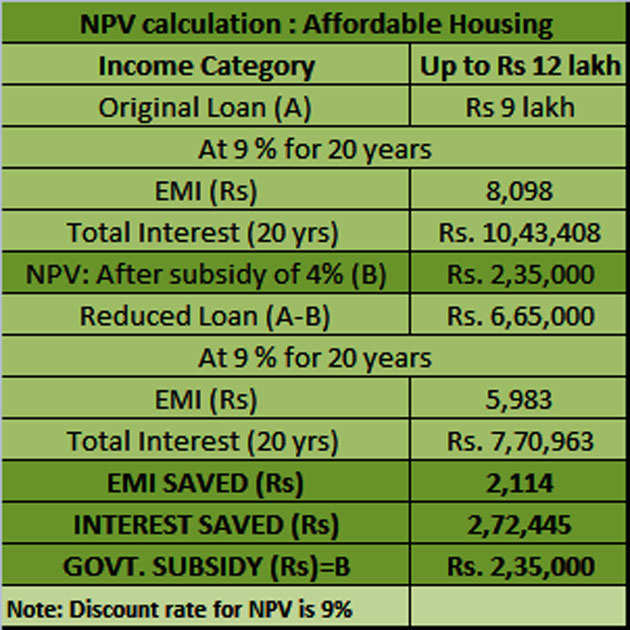NEW DELHI: India Ratings and Research (Ind-Ra) has maintained a stable outlook on cement manufacturers for financial year 2017-18 due to stable demand growth, despite an increase in input cost.
The rating agency also expects cement prices to go up during FY 2017-18 on stable demand.
"Ind-Ra expects stable cement demand to enable cement manufacturers to pass on increases in cost during FY18," it said.
It expects the credit profile of cement manufacturers to remain stable on stable operating profitability and in the absence of debt-led capex.
The operating profitability of cement manufacturers in the next financial year to be around the FY16 and estimated FY17 levels on increase in government expenditure, according to the agency.
Ind-Ra has revised down its growth estimates for the cement industry to 3%-3.5% in the current financial year from 4%-6% earlier due to a blip in demand due to demonetisation.
It, however, expects the cement industry to grow 4%-5% year-on-year in the next financial year, driven largely by the demand from infrastructure activities and a revival in housing demand in rural areas, both led by government spending.
"Ind-Ra believes that a 38% and 23% increase in the allocation of funds towards the housing sector under Pradhan Mantri Awas Yojna and spending of the ministry of road transport and highways to Rs 290 billion and Rs 649 billion, respectively, would increase cement demand in FY18," it said.
The price of pet coke and coal has almost doubled since September last year. The current increase in crude oil prices is also likely to lead to an increase in diesel prices.
Source - ET Realty
The rating agency also expects cement prices to go up during FY 2017-18 on stable demand.
"Ind-Ra expects stable cement demand to enable cement manufacturers to pass on increases in cost during FY18," it said.
It expects the credit profile of cement manufacturers to remain stable on stable operating profitability and in the absence of debt-led capex.
The operating profitability of cement manufacturers in the next financial year to be around the FY16 and estimated FY17 levels on increase in government expenditure, according to the agency.
Ind-Ra has revised down its growth estimates for the cement industry to 3%-3.5% in the current financial year from 4%-6% earlier due to a blip in demand due to demonetisation.
It, however, expects the cement industry to grow 4%-5% year-on-year in the next financial year, driven largely by the demand from infrastructure activities and a revival in housing demand in rural areas, both led by government spending.
"Ind-Ra believes that a 38% and 23% increase in the allocation of funds towards the housing sector under Pradhan Mantri Awas Yojna and spending of the ministry of road transport and highways to Rs 290 billion and Rs 649 billion, respectively, would increase cement demand in FY18," it said.
The price of pet coke and coal has almost doubled since September last year. The current increase in crude oil prices is also likely to lead to an increase in diesel prices.
Source - ET Realty















